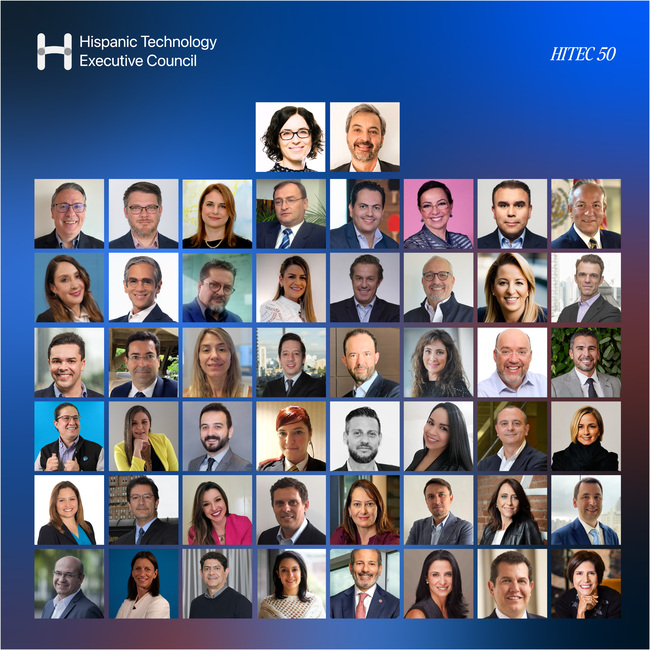Digital Rights Management (DRM) solutions are pivotal in this endeavor, ensuring that copyrighted material is used and distributed legally. Mozilla Firefox, one of the leading web browsers, has had a unique journey in integrating DRM solutions to balance user privacy and content protection. This blog delves into the intricate relationship between Firefox and DRM solutions, highlighting the evolution, challenges, and implications of DRM in the digital landscape.
Understanding DRM and Its Importance
Digital Rights Management (DRM) refers to a set of access control technologies that content creators and distributors use to protect their copyrights. DRM solutions regulate the usage of digital content, such as ebooks, music, movies, and software, to prevent unauthorized redistribution. The primary goal is to curb piracy and ensure that creators and rights holders receive their due compensation for the use of their content.
Firefox’s Approach to DRM
Mozilla Firefox, developed by the Mozilla Foundation, has historically championed the open web and user privacy. However, to accommodate the modern web’s needs, where streaming services like Netflix, Hulu, and Amazon Prime Video dominate, Firefox has had to adapt by integrating DRM solutions. This integration ensures that users can access DRM-protected content directly within the browser, without compromising on security or user experience
Embracing Encrypted Media Extensions (EME)
The pivotal moment in Firefox DRM journey was the adoption of Encrypted Media Extensions (EME), a World Wide Web Consortium (W3C) standard. EME allows web browsers to play DRM-protected HTML5 video and audio content. While this move was controversial among open-web advocates, Mozilla implemented EME to ensure users could enjoy a seamless content streaming experience. To address privacy concerns, Firefox uses the Adobe Content Decryption Module (CDM) in a sandbox environment, limiting the CDM’s access to the user’s system and data.
Balancing User Privacy with Content Protection
Mozilla’s implementation of DRM in Firefox reflects its commitment to balancing user privacy with the need to support DRM-protected content. Firefox allows users to disable DRM playback, giving them control over their digital rights management preferences. Moreover, Mozilla has been transparent about its DRM policies, emphasizing its commitment to user rights and open standards.
Challenges and Controversies
Integrating DRM into Firefox was not without challenges. The primary controversy stemmed from the conflict between DRM’s restrictive nature and the open-web principles that Mozilla stands for. Critics argue that DRM solution can limit user freedoms and hinder the sharing of knowledge and culture. However, Mozilla’s approach to implementing EME and DRM—focused on transparency, user control, and privacy protection—demonstrates a pragmatic stance on navigating these complex issues.
The Future of Firefox and DRM Solutions
As digital content consumption continues to evolve, so will the relationship between web browsers like Firefox and DRM solutions. The ongoing challenge for Mozilla will be to continue advocating for user privacy and the open web while providing a platform that supports the legal consumption of digital content. Innovations in DRM technologies and standards will likely play a critical role in shaping this future, with a focus on enhancing security, accessibility, and fairness for all stakeholders in the digital content ecosystem.
Conclusion
The integration of DRM solutions in Firefox marks a significant chapter in the browser’s evolution, reflecting a broader trend towards secure and legal digital content consumption. By embracing DRM while upholding its commitment to user privacy and the open web, Mozilla Firefox navigates the complex digital rights landscape with a balanced and forward-thinking approach. As the digital world continues to grow, the development of fair, transparent, and user-friendly DRM solutions will be paramount in shaping the future of content distribution and copyright protection.







